Regulatory Compliance
Regulatory compliance is a significant driver in the Apron Buses Market. Governments and aviation authorities are implementing stricter regulations regarding emissions and safety standards for airport vehicles. This has led to a growing demand for apron buses that meet these regulatory requirements. Manufacturers are compelled to innovate and produce vehicles that not only comply with current regulations but also anticipate future standards. As a result, the market is likely to see an increase in the production of environmentally friendly and safe apron buses, which could reshape competitive dynamics within the industry.
Technological Innovations
Technological innovations are transforming the Apron Buses Market, with advancements in electric and hybrid bus technologies gaining traction. These innovations not only enhance fuel efficiency but also align with global sustainability goals. The integration of smart technologies, such as GPS tracking and automated systems, is becoming increasingly common in apron buses, improving operational efficiency and passenger experience. As airports strive to modernize their fleets, the demand for technologically advanced apron buses is expected to rise. This trend suggests a potential shift in market dynamics, favoring manufacturers who can provide cutting-edge solutions.
Infrastructure Development
Infrastructure development plays a crucial role in the Apron Buses Market. Many countries are investing heavily in upgrading their airport facilities to meet international standards. This includes the construction of new terminals and the expansion of existing ones, which often requires additional apron buses for efficient passenger transport. For instance, recent reports suggest that airport infrastructure investments could exceed 1 trillion dollars over the next decade. Such developments are likely to create a favorable environment for the apron buses market, as airports seek to improve connectivity and reduce wait times for passengers.
Increased Air Travel Demand
The Apron Buses Market is experiencing a surge in demand due to the rising number of air travelers. As air travel becomes more accessible, airports are expanding their facilities to accommodate larger passenger volumes. This expansion often necessitates the use of apron buses to transport passengers between terminals and aircraft. According to recent data, the number of air passengers is projected to reach 8 billion by 2030, which could significantly boost the apron bus market. Airports are investing in modern apron buses to enhance passenger experience and operational efficiency, indicating a robust growth trajectory for the apron buses market.
Enhanced Passenger Experience
The focus on enhanced passenger experience is increasingly influencing the Apron Buses Market. Airports are recognizing the importance of providing seamless and comfortable transport options for travelers. This has led to the adoption of modern apron buses equipped with amenities such as Wi-Fi, comfortable seating, and climate control. As passenger expectations evolve, airports are likely to invest in upgrading their apron bus fleets to meet these demands. This trend indicates a potential growth area for the apron buses market, as operators seek to differentiate themselves through superior service offerings.


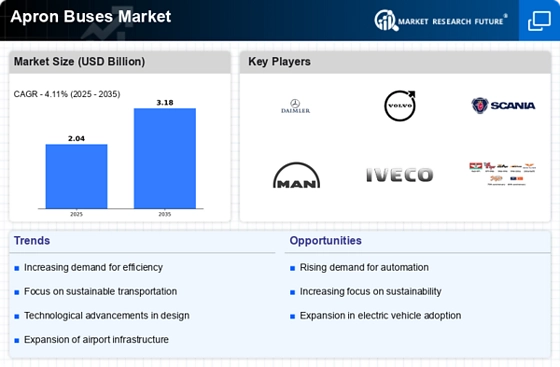
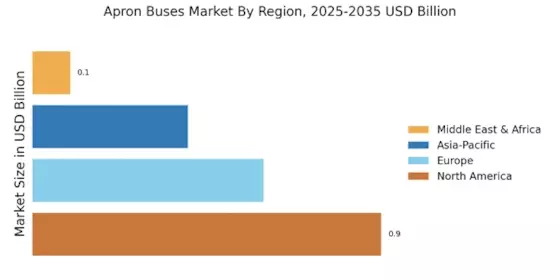
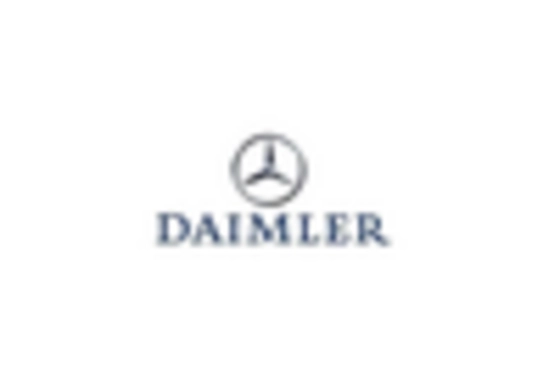

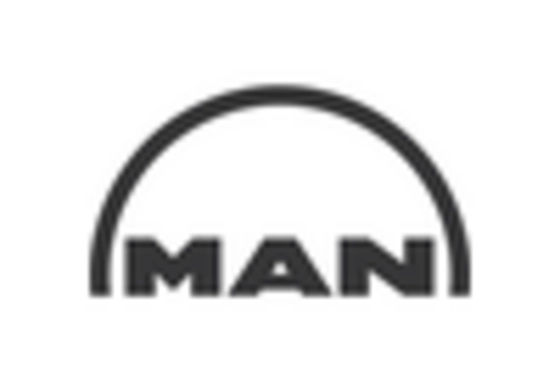
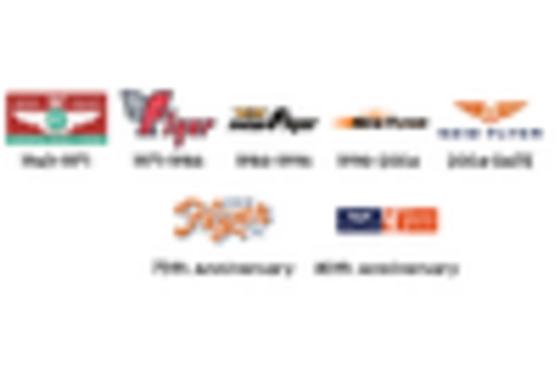
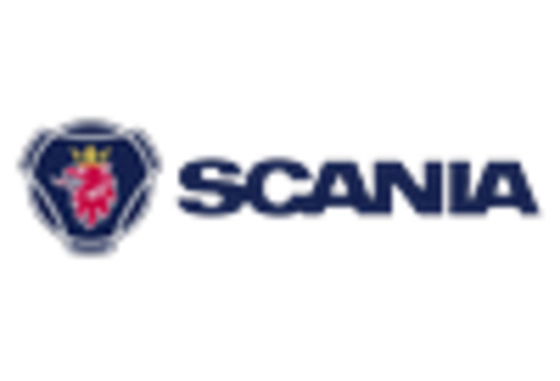
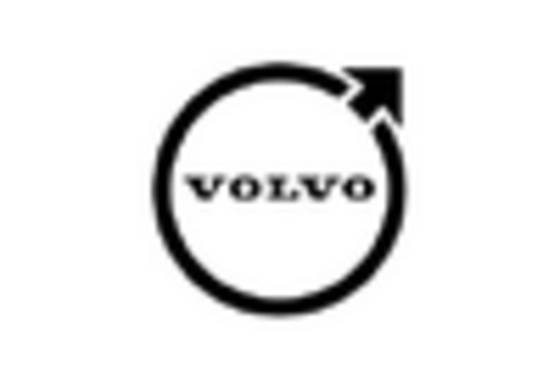








Leave a Comment